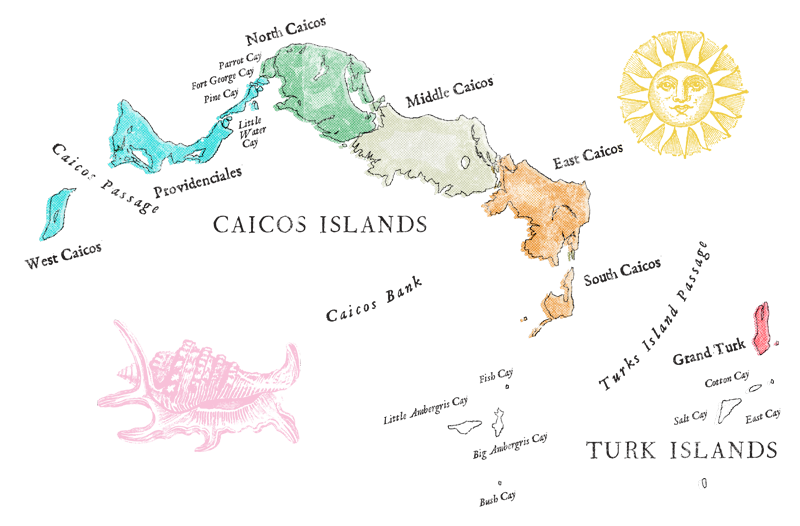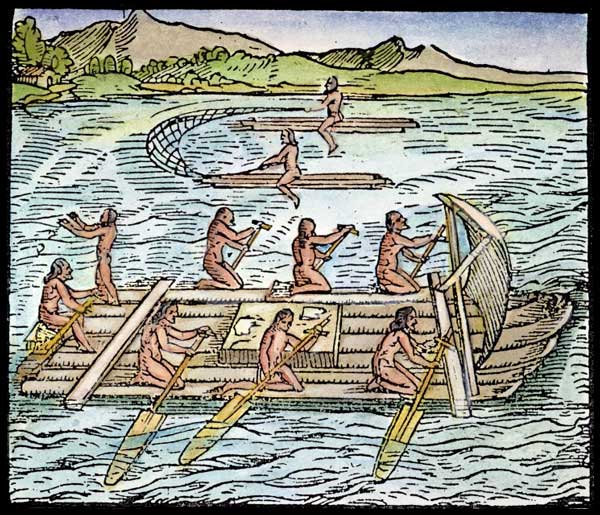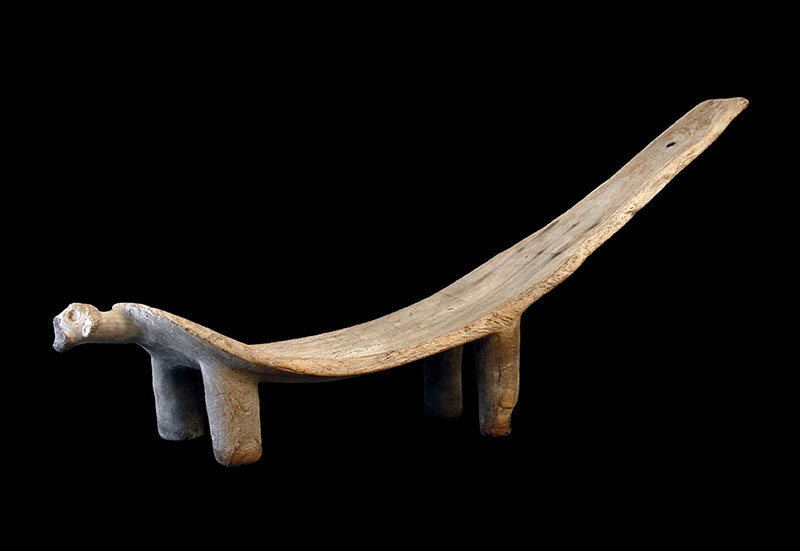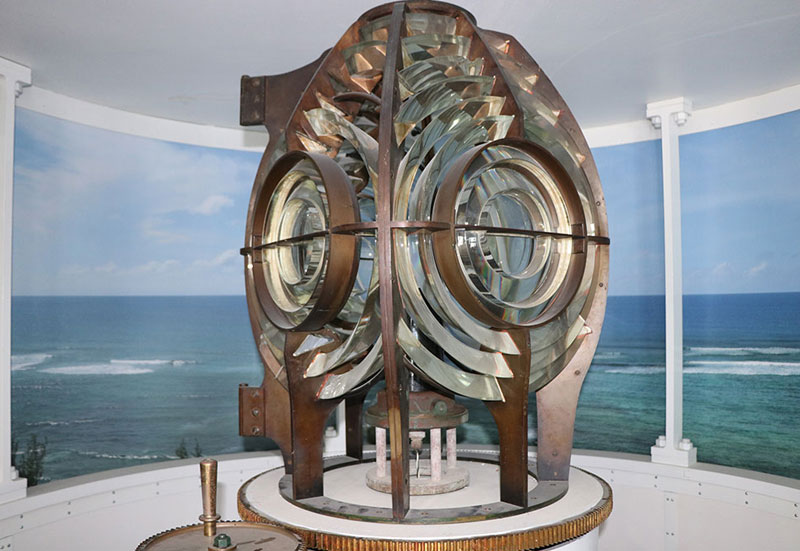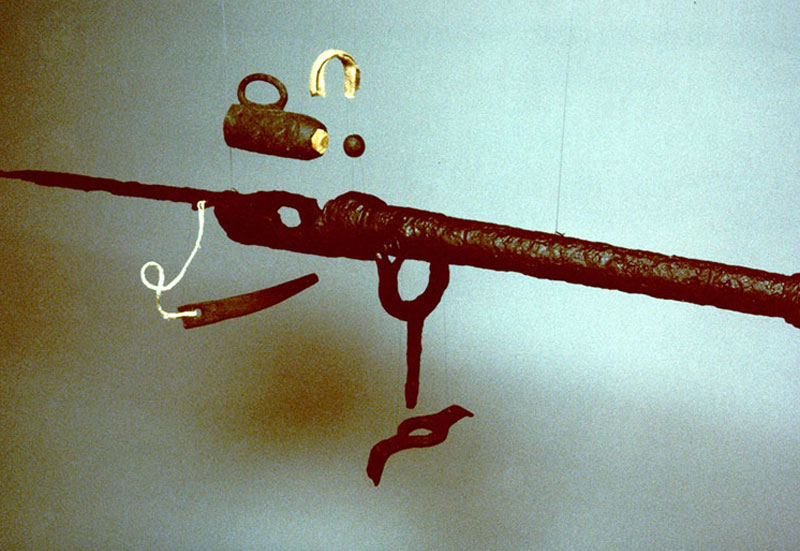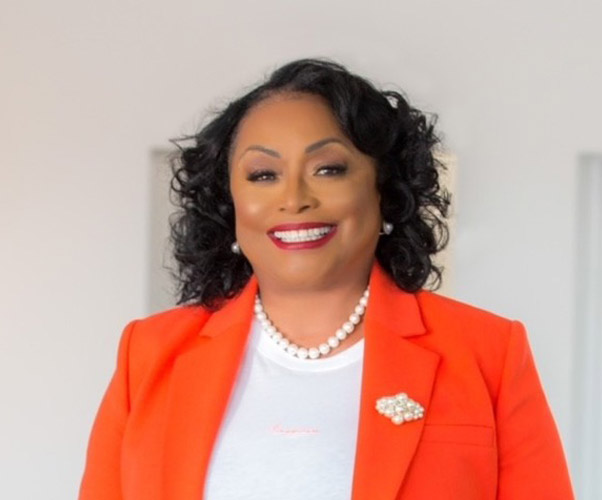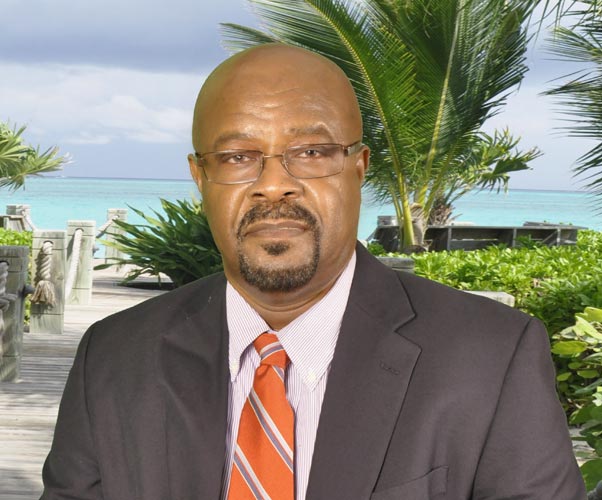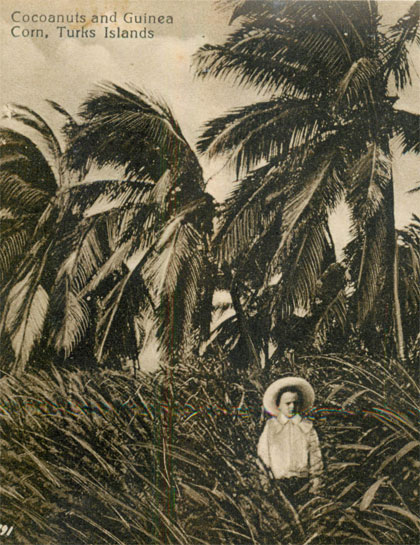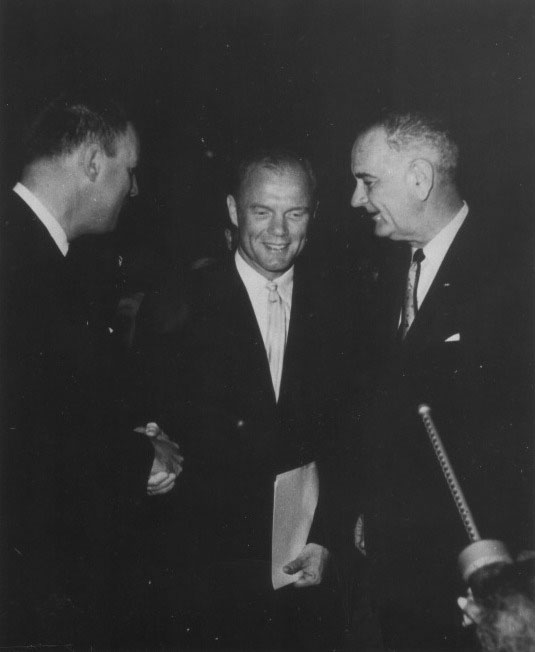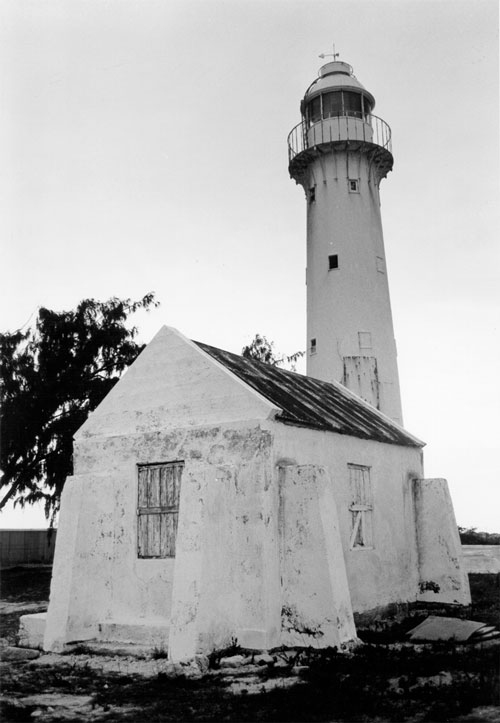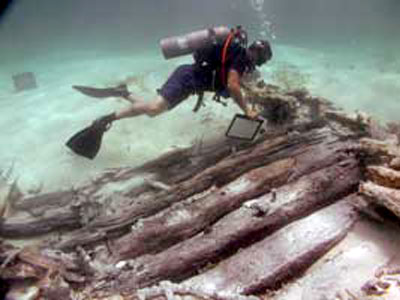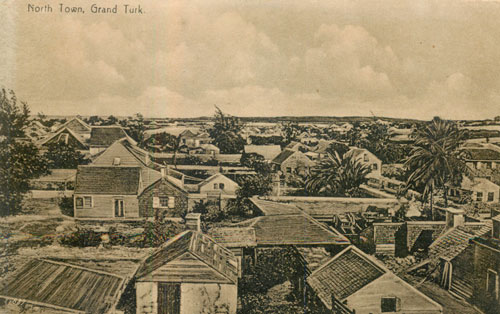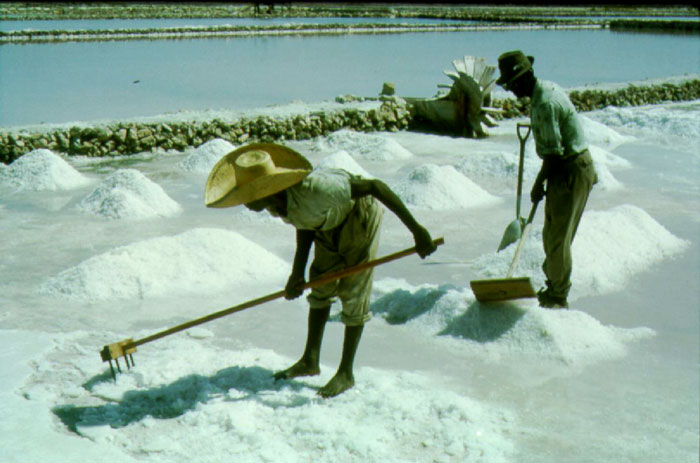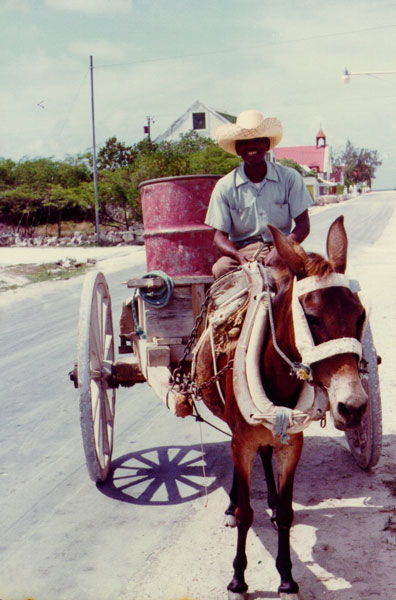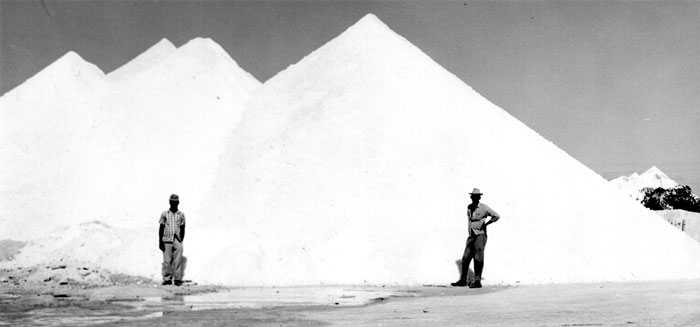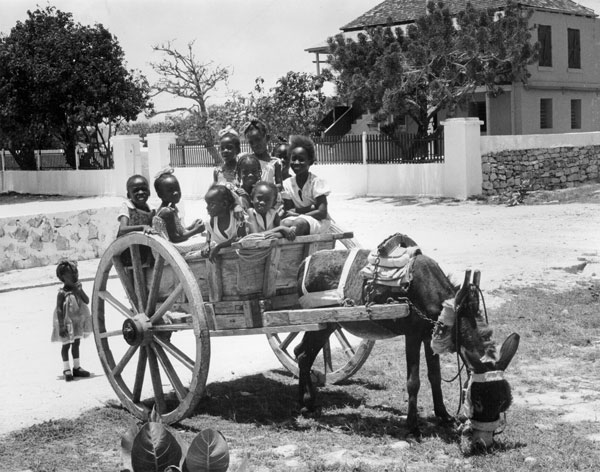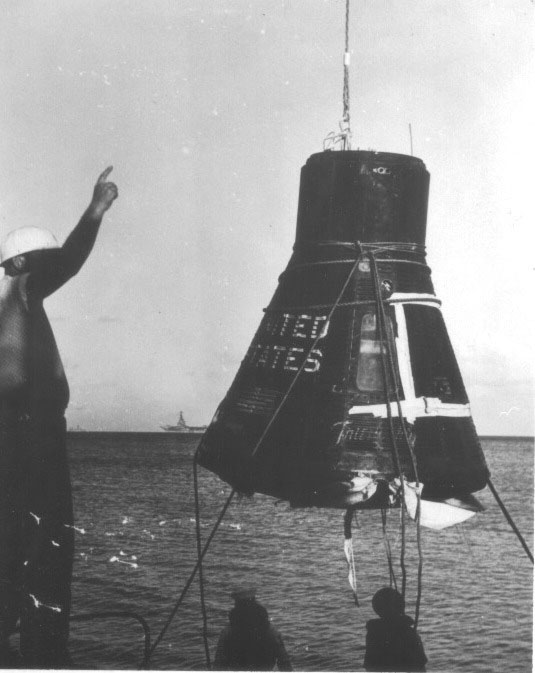Steps to Freedom
The movement towards emancipation started as early as the 1770s.
New laws were gradually introduced which were less oppressive and gave more rights to the slaves, whilst removing some of the long held rights of slave owners, especially in the area of punishment. Many people believe that these changes were an attempt by the slave owners to delay the inevitable emancipation of slaves.
Assemblies overseas would have been forced to adopt new laws introduced in Britain, and this usually led to each country introducing their own Acts. This meant that new laws introduced in the Bahamas would have been implemented in the Turks and Caicos Islands. However, due to the distance and difficulty of travelling between Nassau and the Turks and Caicos Islands it is likely that it would have been more difficult for the Assembly in Nassau to guarantee that the Laws were being upheld.
The 1796 consolidated Slave Act made it law for slave owners to provide suitable clothing and provisions for the slave communities as well as limiting the degree of punishments that could be inflicted on the slaves. Christmas Day and the two following working days were declared as holidays whilst the slaves were to be given compulsory religious education and baptism. However, the Act was clearly created to protect the status quo between the owners and the slaves and covered the legislation to deal with slave crimes, such as absconding, restricting the rights to travel, to carrying arms as well as still suffering the death penalty or deportation for striking a white person or stealing livestock.
In March 1807 the British Government outlawed the slave trade and abolished slavery in the United Kingdom. In the overseas territories slavery was still legal but there should have been no purchasing of slaves directly from Africa. In fact the Royal Navy set up special patrols to board ships and free slaves on the journey from Africa to the West Indies. Any captured slaves became the property of the government and were placed in the hands of the chief customs officer, and could be bound in apprenticeships for up to 14 years.
The Registration Act was passed in April 1821 in the Bahamas and lead to it becoming law for all slave owners to register their slaves every three years, beginning in 1822 (see section 8). These were the first real extensive records of slave holdings.
Of course the disparity of the rights of freed slaves in the United Kingdom and those of the slaves in the West Indies caused some serious concerns in Britain. The Abolitionist movement grew and formed a very powerful lobby. In 1823 a new campaign was launched by the humanitarians and saw the publication of anti slavery literature, such as the accounts of Mary Prince, published in 1831. This movement put pressure on the governments of colonial areas, much to the disgust of these Assemblies who disliked interference in their affairs. However, in the end they had to succumb to the political will from Westminster.
It also must be remembered that some owners would have come to England with their slaves, who of course would not officially be seen as slaves but as domestic servants, but in real terms they still had no freedom and at any time could be taken back to the West Indies and into slavery. This is the background of the Mary Prince’s accounts and how she gained her freedom, but was unable to return to her husband in Antigua, as she was not officially a free slave outside Britain.
The 1796 Consolidated Slave Act was updated with the 1824 Consolidated Slave Act (amended 1826), following prompting by the British Government. This restricted the punishment of the slaves, and even though the initial attempt was the removal of flogging as a punishment for female slaves this was changed to female slaves being flogged in private only, and now flogging could not consist of more than 39 lashes at any one time. Any owner who mistreated a slave could also now be imprisoned. Again the religious well being of the slaves was included. The Act sought to gain legal marriage of slaves and forbade the separation of families. However marriage was only allowed if permitted by the slave owner that meant that in the strictest legal sense there would have been few “legal” families to be separated, even though the nuclear family (mother, father and children) existed widely in the Bahamian Archipelago. The new laws also permitted, for the first time, slaves to purchase their own freedom. The succeeding 1830 Act changed little, except that slave labour could no longer be employed on the Sabbath.
The Real change occurred in 1833. In August of that year the bill for the Emancipation Act passed through Parliament in Britain. The Act took effect from 1st August 1834 and it gave the choice to each Colonial legislature to decide whether the slaves could be freed outright or had to undergo an apprenticeship scheme: the Bahamas Legislature (covering the Turks and Caicos) decided on an Apprenticeship for the slaves. All Colonies had to pass their own Abolition or Emancipation Acts, the Bahamas doing so in 1834 and before the Emancipation Act from Britain was implemented the Bahamas had passed their own Abolition Act in February 1834.
Even though the Apprenticeship scheme was supposed to last until 1840 the Bahamas passed a law on 21st July 1838 to end the Apprenticeship scheme early. This had followed the British Government agreeing to full emancipation from the 1st August 1838.
